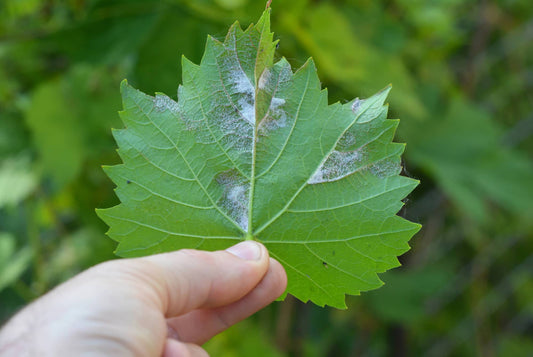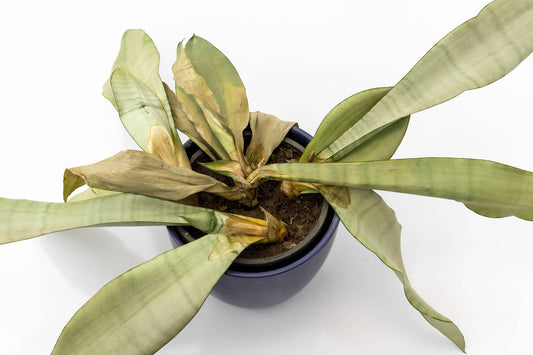Powdery mildew is a common fungal problem for hydroponic gardeners, recognized by its distinctive white to gray powdery spots on leaves, stems, and sometimes fruits. This disease flourishes in warm, dry environments with high humidity and can significantly impact plant health, vigor, and yield. Understanding its life cycle, preferred conditions, and effective management strategies is vital for maintaining healthy hydroponic systems.
Recognizing Powdery Mildew
The disease is easily identifiable by white or gray powdery spots on the plant's surface, which cause yellowed, dried-out leaves. Powdery mildew fungi, including genera such as Oidium, Erysiphe, and Sphaerotheca, complete their life cycle rapidly under optimal conditions, posing a threat to various plants, including cucumbers, tomatoes, peppers, and lettuce.
Conditions Favoring Powdery Mildew
Powdery mildew thrives in high humidity, particularly when combined with dry plant surfaces, inadequate air circulation, and overcrowded plants. Although it can occur year-round in controlled environments like hydroponics, it is more common during the warmer months.
Prevention Strategies
Preventing powdery mildew involves ensuring good air circulation, reducing humidity levels, and maintaining proper hygiene by removing infected plant parts and debris. Utilizing resistant plant varieties and maintaining optimal plant spacing can also help minimize the risk of infection.
Treatment Methods
Upon detection, applying fungicidal sprays or using home remedies, along with pruning the severely affected areas, can help manage the disease. Two effective home remedies include:
1. Baking Soda Spray
- Ingredients: 1 tablespoon of baking soda, 1/2 teaspoon of liquid soap, and 1 gallon of water.
- Instructions: Combine the baking soda and soap with the water, then spray it onto the affected areas of the plant. This solution, which should be applied weekly, creates an inhospitable environment for the fungus.
2. Milk Spray
- Ingredients: A mixture of 1 part milk to 2 parts water.
- Instructions: Combine milk and water, then spray liberally on plants showing Powdery Mildew signs. The treatment, thought to produce antifungal compounds when milk proteins interact with sunlight, should be repeated every 7-10 days or after rainfall.
Monitoring and Maintenance
Regular inspection, cleaning, and sanitization of the grow area are essential for early disease detection and management. Adjusting environmental conditions to create an unfavorable atmosphere for fungal growth is also crucial.
Implementing an Integrated Approach
While baking soda and milk sprays offer effective natural solutions for managing Powdery Mildew, they should be incorporated into a comprehensive strategy that includes cultural, physical, and, when necessary, chemical measures. Early detection and prompt treatment are vital for controlling this widespread disease in hydroponic systems.
By understanding powdery mildew and using a combination of preventive measures and effective treatments, hydroponic gardeners can protect their plants from this fungal threat, ensuring a healthy and productive growing environment.




